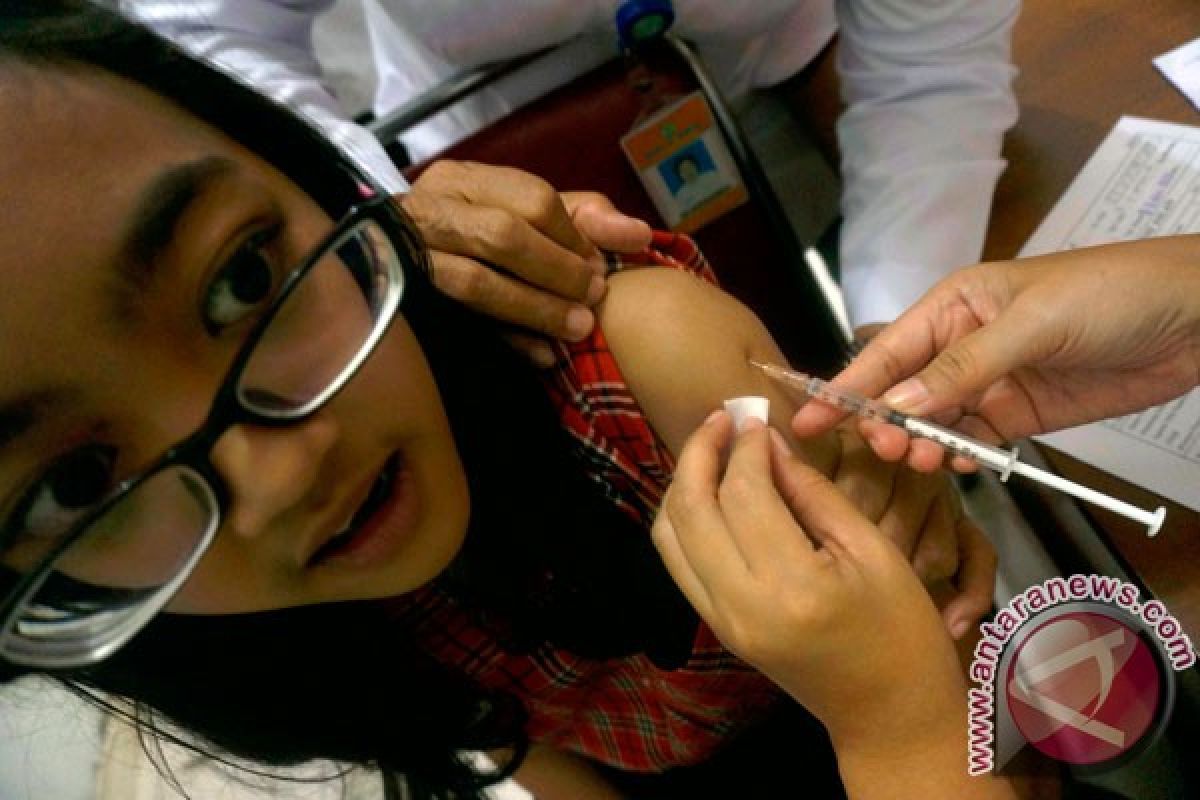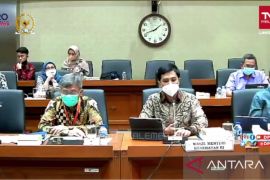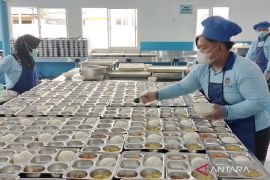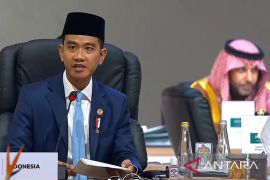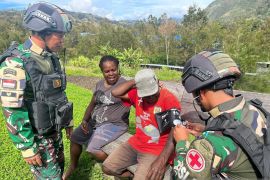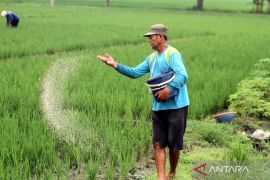To this end, Indonesia is determined to eradicate the diseases by 2020.
"I fully support the national campaign on immunization to protect children from measles and rubella," President Joko Widodo (Jokowi) stated during the launch of a national campaign on Measles and Rubella Immunization at a function in Sleman, Yogyakarta, last August.
Through the program, the Indonesian government has set a target to administer measles and rubella vaccination to 95 percent of the children in at least 28 provinces across the country.
Moreover, the World Health Organization (WHO), the technical agency responsible for coordination of immunization and surveillance activities, has chalked out a global action plan through which the organization has targeted to eliminate measles and rubella in five WHO regions by 2020.
Hence, President Jokowi has expressed hope that Indonesia will be free from the contagious diseases by 2020.
"That is the responsibility of parents and also the state," he noted.
In Indonesia, less than one percent of children have received measles and rubella immunization, while ideally, it should be more than 95 percent, he pointed out.
As a strategy, the government will provide immunization to children between nine months and 15 years of age.
However, it seems that all elements, including ministries, state institutions, and the people, should cooperate for the implementation of the Measles and Rubella (MR) Program. Moreover, the target to provide MR vaccination for the targeted 95 percent children had yet to be achieved.
According to Hindra Irawan Satari, a member of the National Immunization Expert Advisers Committee of the Ministry of Health, regional heads, who are aware of the importance of immunization programs in preventing the spread of measles and rubella, should work well, so that children in their regions are immunized.
The government, through cooperation among various ministries and institutions, should prevent the spread of measles and rubella as the coverage of its immunization program, so far, is yet below the set target.
Efforts to achieve the target set for measles and rubella immunization must be supported by various parties, such as regional heads, Ministry of Education and Culture, and Ministry of Religion, including the Indonesian Ulema Council, Satari noted.
The decisive factor lays in the hands of the regional government heads.
"The most decisive power is the head of the region. Regional government heads, who are committed to the MR immunization program, must be successful," Satari noted.
Moreover, in two months, in addition to a month of MR immunization campaigns in 28 provinces outside Java, the national immunization coverage has reached only 66.9 percent of the targeted 95 percent.
A total of four provinces and 102 districts and municipalities have achieved the target, with coverage of above 95 percent. However, it undeniably requires sound coordination and cooperation that must be established by the central government, either the Ministry of Health or the Ministry of Home Affairs, along with the regional government.
However, North Sulawesi is one of the provinces outside Java that could achieve the 95 target.
According to Unicef representative Khalik Malik, the MR immunization program in North Sulawesi has reached 93.23 percent until Oct 31.
"Of the target to immunize 591,775 children, a total of 551,698 have received MR vaccination. The age of the children ranges from nine months to 15 years," Malik noted.
He said although the coverage of the immunization program did not reach 100 percent, yet some nine of the 15 districts and municipalities received over 95 percent MR vaccination program.
These districts and municipalities included Sangihe wherein of the 27,837 children, 26,461, or 95.06 percent, received vaccination; South Minahasa, 48,688 of the 50,178 children, or 97.03 percent, got immunized; North Minahasa, 48,806 children, or 100.41 percent of the targeted 48,806 children; Sitaro Island, 14,225, or 100.7 percent of the targeted 14,203 children; and South Bolaang Mongondow, 19,170, or 97.10 percent of the targeted 19,742 children.
In East Bolaang Mongondow District, of the targeted 18,122 children, the program covered 17,288, or 95.40 percent, while in Manado City, some 94,929 children were targeted, but the program was able to reach some 91,504 children only, or 96.39 percent.
In the city of Bitung, of the 55,117 targeted children, as many as 52,729, or 95.67 percent received the vaccination, while in the city of Tomohon, the program covered 97.33 percent of the 22,680 targeted children, or 22,074 children.
"The implementation of the program in the remaining districts of Bolaang Mongondow, Minahasa, Kotamobagu City, Talaud, North Bolaang Mongondow, and Southeast Minahasa is all below 95 percent but above 75 percent," he revealed.
Measles is a highly contagious viral disease. It remains the main cause of death among young children globally, despite the availability of a safe and effective vaccine.
Measles is transmitted via droplets from the nose, mouth, or throat of infected persons. Initial symptoms, which usually appear 10 to 12 days after infection, include high fever, a runny nose, bloodshot eyes, and tiny white spots on the inside of the mouth.
EDITED BY INE
Reporter: Andi Abdussalam
Editor: Otniel Tamindael
Copyright © ANTARA 2018
